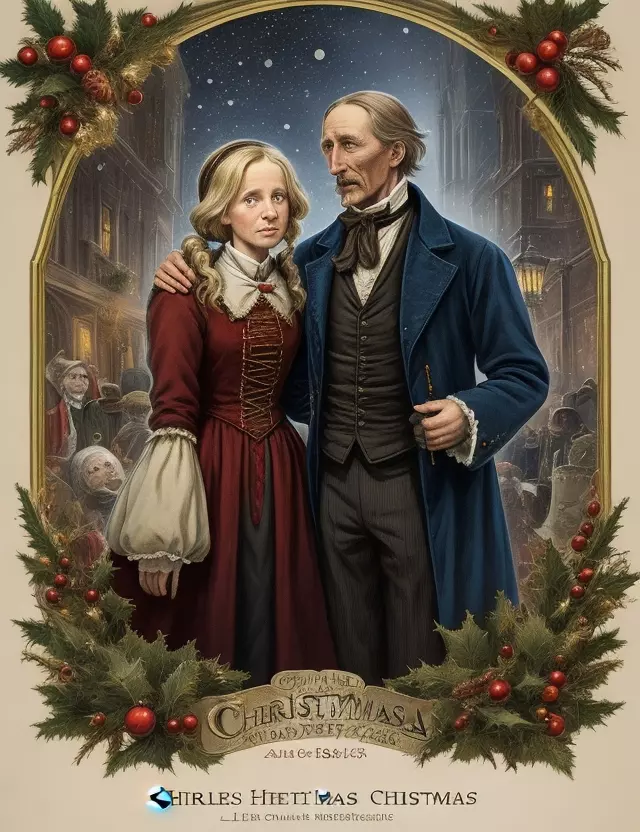Charles Dickens' Timeless Novella "A Christmas Carol": Initial Publication Contributing to the Holiday's Literary Tradition
Literary Milestone (1843-12-19)

Charles Dickens' Timeless Novella "A Christmas Carol"
On December 19, 1843, a literary milestone unfolded as Charles Dickens' timeless novella "A Christmas Carol" was initially published in London. This classic work would go on to make an enduring contribution to the holiday's literary tradition and significantly impact the cultural celebration of Christmas.
Initial Publication
The initial publication of "A Christmas Carol" marked the introduction of a story that would capture the hearts and imaginations of readers for generations to come. Dickens, already celebrated for his storytelling prowess, crafted a narrative that seamlessly blended themes of redemption, generosity, and the true spirit of Christmas.
Contributing to Literary Tradition
"A Christmas Carol" quickly became a cherished part of the holiday literary tradition. The novella's characters, including the iconic Ebenezer Scrooge, and its poignant portrayal of the Christmas season resonated with audiences. Dickens' ability to weave a tale that simultaneously entertained and conveyed moral lessons contributed to the enduring popularity of the work.
Impact on Christmas Celebration
Over the years, "A Christmas Carol" has had a profound impact on the cultural celebration of Christmas. The themes of compassion, generosity, and the joy of shared humanity depicted in the novella continue to inspire festive traditions and celebrations around the world. The story's timeless appeal transcends generations, making it a staple of the holiday season.
Enduring Legacy
As we reflect on December 19, 1843, we celebrate the initial publication of Charles Dickens' "A Christmas Carol" and its enduring legacy in literature and the Christmas tradition. The novella remains a testament to the power of storytelling to capture the essence of the holiday season and impart timeless lessons of kindness and goodwill.



